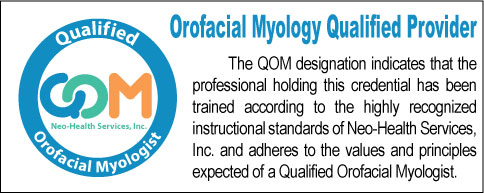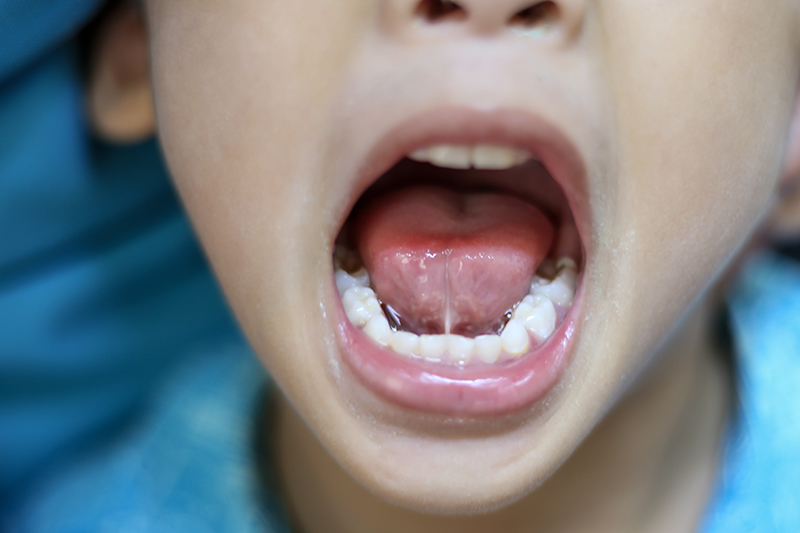Orofacial Myofunctional Therapy
Orofacial myology is the treatment of oral and facial muscles as they relate to speech, dentition, chewing/bolus collection, swallowing, and overall mental and physical health.
What are Orofacial Myofunctional Disorders (OMD)’s?
Orofacial Myofunctional Disorders (OMD’s) are atypical adaptive patterns that emerge in the absence of normalized patterns within the orofacial complex. The regular presence of these adaptive movements can often result in a variety of disturbances. (International Association of Orofacial Myology-IAOM)
What are the causes of OMD’s?
- Upper airway/nasal obstruction (enlarged tonsils/adenoids and/or allergies)
- Extended pacifier use or thumb sucking
- Prolonged bottle use
- Other harmful oral habits such as sucking on clothes, tongue and/or cheeks, nail biting
- Restricted lingual/ labial frenum (tongue and lip tie)
What are the symptoms of underlying myofunctional disorders?
- Speech sound errors
- Persistent open mouth posture
- Tongue resting low and forward in the oral cavity, sometimes protruding through the anterior incisors
- Dental malocclusions including, underbite, open bite and overjet
- Tongue thrust: when the tongue pushes against or between the teeth during speech or swallowing
Myofunctional Therapy is an exercise-based treatment to help disorders of the muscles and functions of the face and mouth. It incorporates facial and lingual exercises with principles of behavior modification to promote correct placement of jaw, teeth, tongue, and lips at rest. Research has shown the techniques have been used to reduce and eliminate oral habits such as thumb sucking, nail biting, and tongue thrust.
Each child’s treatment program is different and focuses on:
- Tongue and facial resting postures
- Swallowing
- Speech articulation
Children often need help and encouragement from their family to practice their treatment exercises. You will see the best results when the family works with their child every day.
Examples of Orofacial Myofunctional Disorders include one or a combination of the following:
Snoring in children is never a normal behavior and could be considered a warning sign of a serious sleep breathing disorder called obstructive sleep apnea.
(Ankloglossia) is a condition that restricts range of motion due to a short or tight band of tissue called the lingual frenum. The tissue anchors the tongue.




